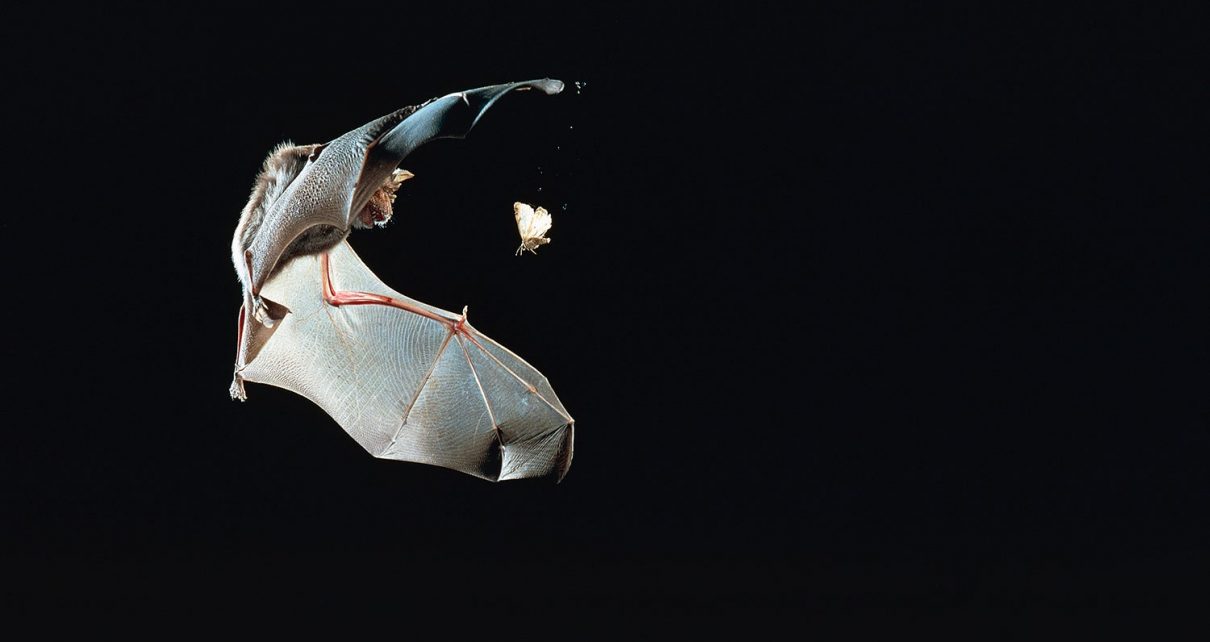Bats and rodents are considered high-risk viral reservoirs—a source for diseases that can hop over to humans, and sometimes lead to epidemics. Some scientists have even argued that the animals have certain traits that increase the likelihood of spillover events from animal to people, and that they should be monitored more closely as a result. But a new analysis suggests that bats and rodents are “unexceptional” in their propensity to host viruses that infect humans.
Looking at the largest dataset of viruses and hosts across several orders of mammal and bird, researchers from Scotland found that the number of bats and rodents viruses that have infected people is proportionate to the number of species contained in those groups.
There’s “a fairly rational numerical explanation for what can seemingly be striking patterns,” says disease ecologist Daniel Streicker at the University of Glasgow, UK, who co-led the analysis published in PNAS published on 13 April. Future surveillance efforts to identify disease threats from animal sources should look beyond specific animal groups and focus on regions of high biodiversity, he says.
But not everyone agrees that this is practical given limited resources. And as bats harbour several viruses that cause severe disease in people, including rabies, Ebola and severe acute respiratory syndrome-related coronavirus (SARS-CoV) it makes sense that they—along with rodents—are the focus of most viral-detection and surveillance efforts. Bats are also a prime suspect as the source of SARS-CoV-2, the virus responsible for the current pandemic.
A numbers game
Research examining individual species has found that bats have proportionally more viruses than other mammals, but Streiker and Nardus Mollentze, also at the University of Glasgow, decided to look at whether this pattern exists across different groups of mammals and birds.
Streiker says looking at animal orders removes some of the uncertainty around exactly which species is the host of a new virus. But researchers can be reasonably confident about which animal group is involved, on the basis of genetic comparisons between the human-infecting virus and those circulating in animal hosts.
The pair compared human-infecting viruses across 11 orders, including chiroptera (bats), rodentia (rodents) and passeriformes (songbirds). Building upon their own and other databases, they compiled data on 415 DNA and RNA viruses from animals that have spread to people.
Their statistical analysis estimated that animal groups with more species tend to have more viruses, and consequently, a larger number of viruses that can jump to people. For instance, rodents were the most species-rich order of mammals in the study; they also had the largest number of viruses that had moved to people, Streicker says.
Viral factors
In another statistical analysis, the pair considered the importance of host biology compared with viral factors. The model found that virus biology, such as how a virus replicates or whether it is transmitted by insects, was more of a factor in spillovers than the reservoir’s physiological or ecological traits.
For instance, although bats are thought to accommodate many different viruses because of their immune systems, Streicker says these unique features don’t increase the risk of those viruses spilling over. “There weren’t single groups of animal hosts which were consistently elevating the risk that viruses posed to people,” he says.
“If we want to be able to predict which viruses are most likely to infect humans, the traits of the viruses might be more informative than the traits of the hosts,” he says.
Streicker suggests that future work should focus on the virus traits that might enhance their propensity to jump to people, and should consider how other factors, such as wildlife trade and environmental change, push animals into contact with more people and influence the emergence of viruses.
From hosts to humans
The finding that species diversity corresponds with viral richness is a compelling reason to broaden surveillance beyond certain mammal groups, says ecologist Kevin Olival, vice president at EcoHealth Alliance, an environmental non-profit organization in New York City.
But Olival doesn’t think the study will put to rest the debate about whether special reservoirs exist. In the study, viruses were examined across orders of animal hosts, rather than species—which means that species-specific information about the hosts was lost, such as population size, density, species abundance and amount of contact with people. All these factors can influence viral diversity and transmission, he says.
He adds that it seems logical to continue some targeted surveillance efforts on bats and rodents given their track record.
Virologist Jemma Geoghegan at the University of Otago, New Zealand, says that before researchers can use viral traits to predict the next spillover event, many more viruses need to be sampled and characterized to reveal the true diversity of viruses in nature. Until then, she thinks surveillance efforts are better directed towards genomic surveillance at the ‘fault lines’ where people and animals interact, such as live animal markets. “That way, we can quickly recognize any viruses that spill over,” she says.
This article is reproduced with permission and was first published on April 14 2020.
Read more about the coronavirus outbreak here.


